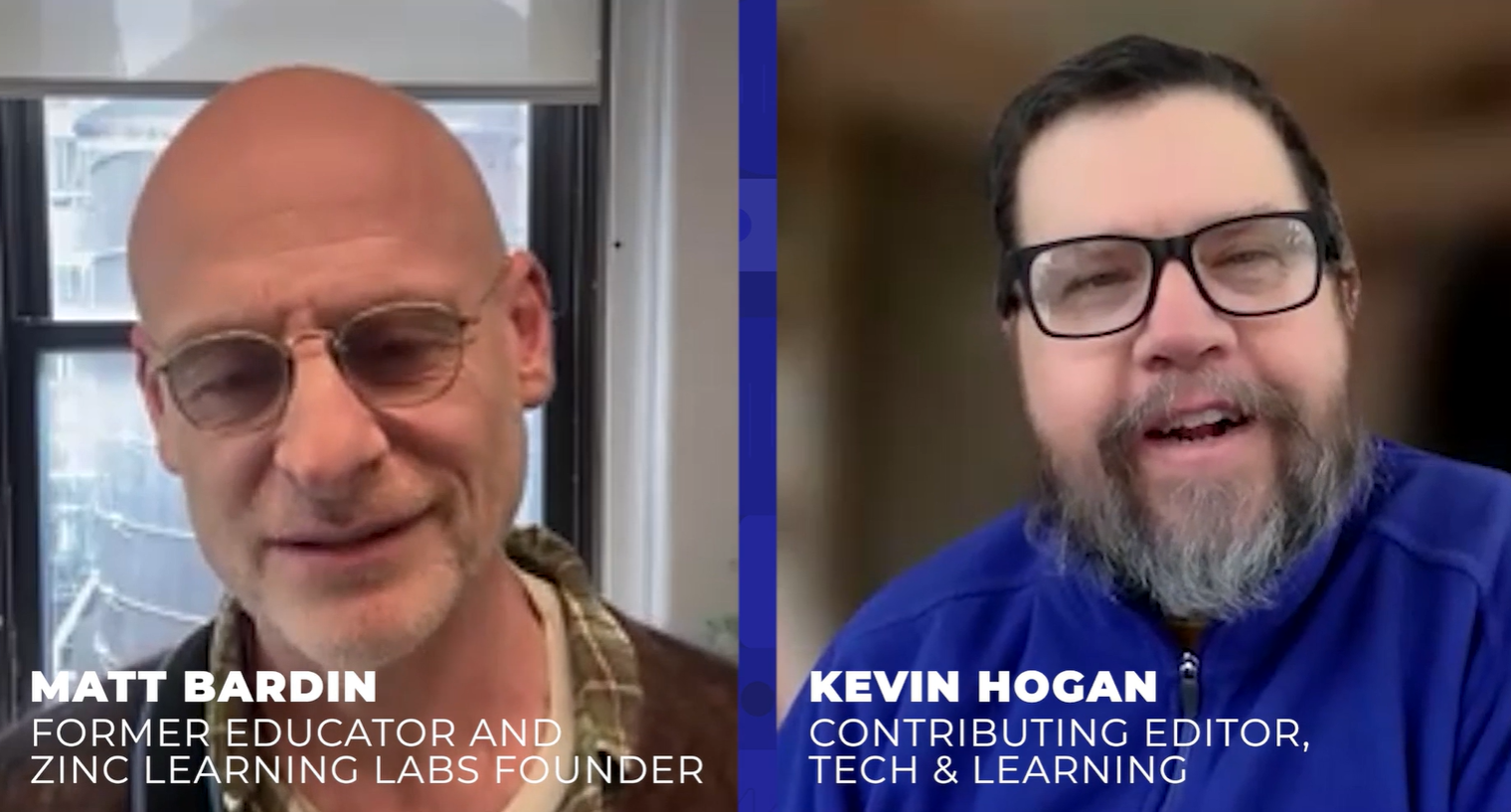Ideas for Integrating a Student Blog into Your Curriculum
One thing I have loved about blogging and what it does for my students is how easily it has been to integrate it into our curriculum. I knew when we started that I didn’t want an extra layer of “stuff to do” because we already have too much “stuff to do.” So if I were to have my students blog, it had to be as authentic and as meaningful as possible, without it becoming another homework burden. With that in mind, here are some beginning ideas for integrating blogging into your classroom.
- Those daily journal responses we have to do as part of writers and readers workshop, those go on our blog instead for those who choose it. Some students prefer to type, others relish the pencil and paper, I love that they have a choice.
- Writing about our reading. I love when students write about the books that they read or give recommendations. When we blog about that it opens up a dialogue, rather than a static finished product. Here students can become experts on their books and connect with others that loved it (or hated it) just as much as they did.
- Science detectives. I love adding video cameras and digital cameras to our lessons. They offer students a different way to document their learning and they always provide me with a much deeper insight of what students now versus a worksheet. So why not post it on our blog for others to see and learn with us. This is a great a way for parents to see what is happening, as well as for the kids to be questioned by other classes or scientists. This adds a whole other dimension to our experiments.
- Editorials or just plain old opinions. I love when students use their blogs to form, discuss or expand on their ideas. Our blogs are used to comment on the happenings in the classroom. I ask the students to become reflective learners and process their role as a student. It never ceases to amaze me what I learn from students when they open up on their blog.
- Deepening social studies. I believe in project based learning and social studies lends itself incredibly well to this. So I encourage students to expand their thinking about their project through their blogs, as well as to post finished products if “postable.”
- Group writing. I love it when students write blog posts together, whether it be for a story or to share a common experience. Blogging as a team or group shows off their ability to conform to a common voice while adding individual flair.
- Reporting on events. When we go anywhere or take a virtual field trip I ask students to share their experiences, show of their expertise, and give me their honest opinion. Field trips don’t end after you get back, they should be digested and discussed and blogging is a great medium for that.
- Furthering their mathematical thinking. I used to have students do exit slips on which they explained something we learned in their own words and while I still use them once in a while, I love using our blog instead. I have students create a problem that fits into what we discussed and then solve it for, or explain their thinking behind the problem. We can then invite others into our math class and students get to share their knowledge.
- Let me know how I am doing. While not part of our curriculum, this is a huge factor in the success of our classroom. Students have to have a mouthpiece in education and by voicing their opinions on our blogs we are able to engage other educators and students in the debate. Change starts with us, so we should be providing students with an outlet for their opinions.
- Finally, and most importantly, it has started a global conversation in our classroom and brought the world in. Student blogging is one the easiest ways to trylu help students shape their global citizenry.
These ideas are beginnings, there are so many things you can do with student blogs, you just have to jump in and look for the natural fits in your curriculum. Students don’t need more work, they need more authenticity in their educational experience. Blogs can help us do that.
cross-posted at pernillesripp.com.
Pernille Ripp is the the author of Passionate Learners – Giving Our Classroom Back to Our Students, creator of Global Read Aloud Project, and co-founder of EdCamp MadWI. She teaches fifth grade in Verona, Wisconsin, and blogs at http://pernillesripp.com.
Tools and ideas to transform education. Sign up below.
